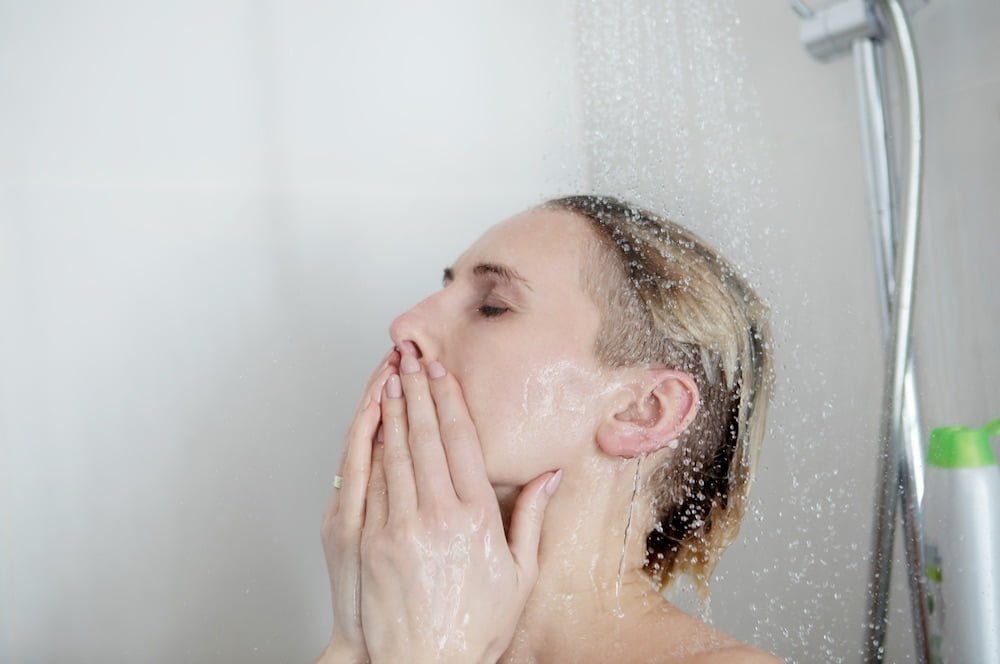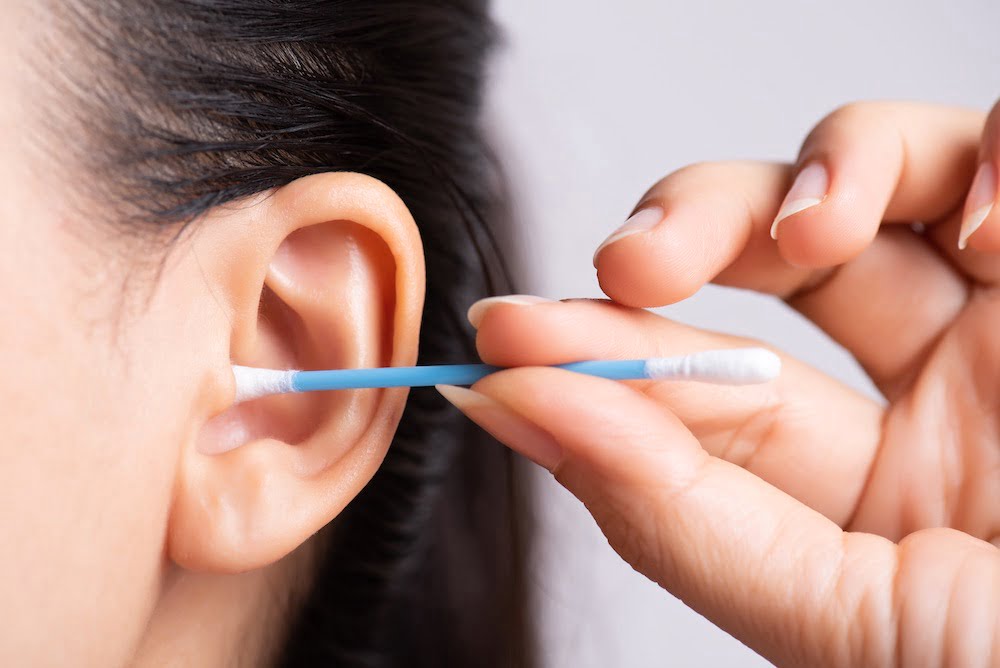Cotton buds were originally developed in 1923 by Leo Gerstenzang, having watched his wife use a makeshift solution for the purpose of cleaning her baby’s ears by attaching wads of cotton onto toothpicks. This inspired him to develop what he considered a ‘safer’ option, the cotton-tipped swab (also referred to as cotton buds or Q-Tips). We’ve since learned over the years that these cotton buds can actually hurt our ears and indeed our hearing. In this article, we’ll chat about why it’s not a really great idea to use cotton buds for cleaning your ears and we’ll take a look at some safer options.

Many people who use cotton buds to clean their ears try to remove earwax from their ear canal with them. If you look closely at the actual shape of a cotton bud, you’ll start to understand why it’s just not suitable for going into your ear. A typical cotton bud is actually too big and solid to use in this way and could even scratch and break the skin in your ear canal. In fact, these cotton buds don’t even fit too well into the small and delicate curves of your outer ear.
Our advice as experienced audiologists is to never put anything into your ears other than perhaps a few drops of olive oil (for softening and clearing ear wax naturally), or ear drops recommended by your doctor or pharmacist. That’s the safest approach when it comes to keeping your ears clean and healthy.
Understanding The Anatomy of Your Ear and How it Works
The ear consists of three main parts:
Outer Ear
The outer ear includes the pinna and the ear canal, where earwax (cerumen) is produced to protect the ear canal and eardrum from dust, dirt, and foreign particles. Earwax acts as a natural lubricant and cleanser, preventing infections and maintaining optimal ear health.
Middle Ear
The middle ear is made up of three small bones known as the hammer, the anvil and the stirrup. Between the middle ear and outer ear is the eardrum. The eustachian tube is a narrow area that connects the middle ear to the back of the nose and the throat.
Inner Ear
Right next to the middle ear, inside the skull bone, there’s a small space called the inner ear. This is where our hearing and balance systems are located. The inner ear has two main parts: the cochlea, which is the part that helps us hear, and the semicircular canals, which help us keep our balance.
Dangers of Using Cotton Buds For Cleaning Your Ears
Apart from the scratching or skin breakage that using cotton buds for ear cleansing can cause, there are other reasons why you should not use them inside your ear. When you insert a cotton bud into your ear canal, you can end up actually pushing the earwax deeper inside causing your ear to become clogged. This could result in hearing loss with the possibility of causing infection. In extreme cases, cotton buds could end up rupturing your eardrum. A ruptured eardrum can affect your hearing capacity and your sense of balance. This type of injury will usually heal naturally without getting treatment but in some instances surgery could be needed to repair the eardrum.
This blog post is about explaining the reasons why you shouldn’t use cotton buds to clean your ears. But what happens if you neglect cleaning your ears altogether? When earwax hardens it can get stuck and completely embedded, potentially blocking your ear canal. This type of blockage will envaribly cause some degree of hearing loss. Depending on how much earwax builds up and the length of time it’s been allowed to do so, the hearing loss that results can be temporary or possibly even permanent.
It’s important not to allow earwax to simply build up in your ears unchecked over time without doing anything about it. But how can you keep your ears clean in a safe, healthy way without resorting to the use of cotton buds?


Here’s a couple of suggestions;
(1) When you are taking a shower or washing your hair, allow the warm water to flow gently into your ears. This can help soften the earwax and allow excess wax to come out naturally.
(2) Another option to help soften the wax in your ear is to put a few drops of olive oil in your ear or simply ask your local chemist for an over-the-counter ear drop solution.
(3) Probably the best and simplest way to tackle ear wax build up is to book an appointment for professional ear wax removal with your audiologist. At HearMed, our microsuction ear wax removal process is a highly safe and effective way to help remove excessive ear wax build-up.



